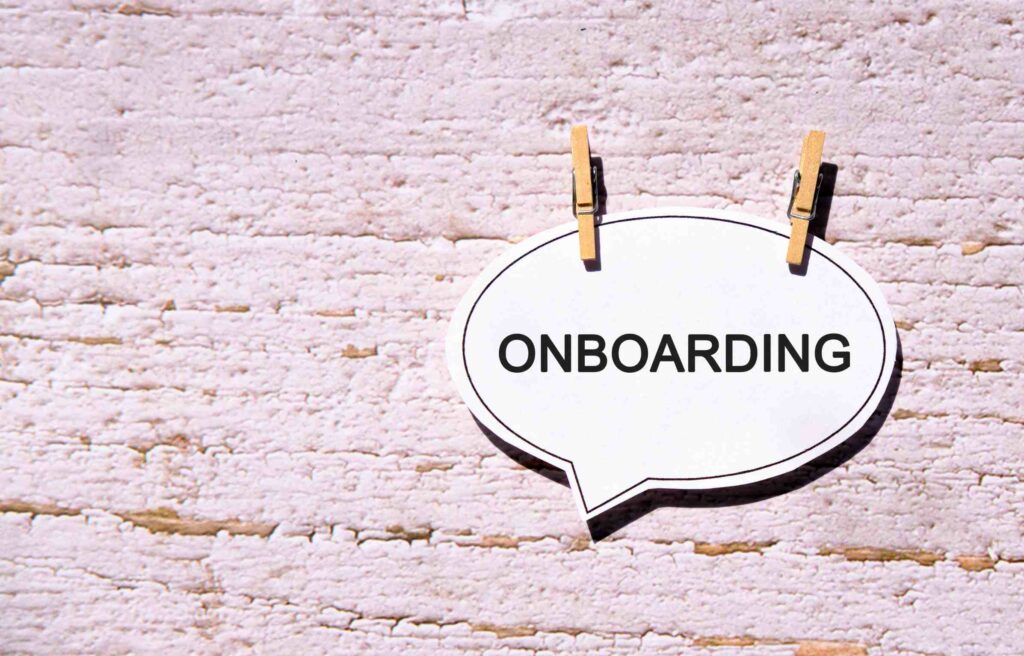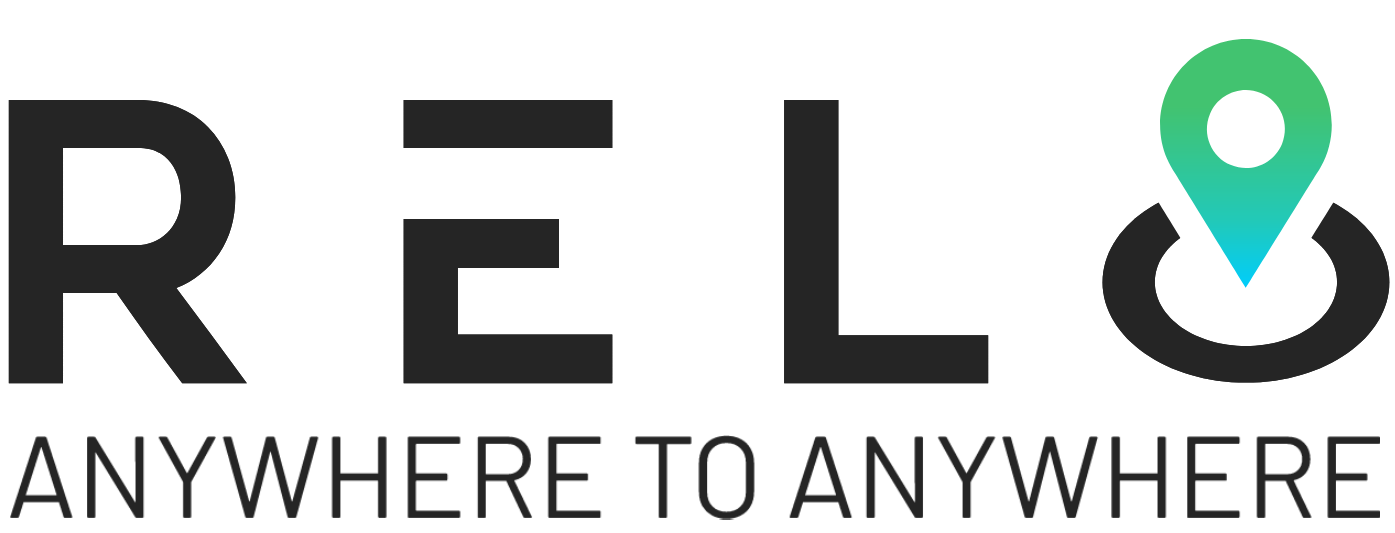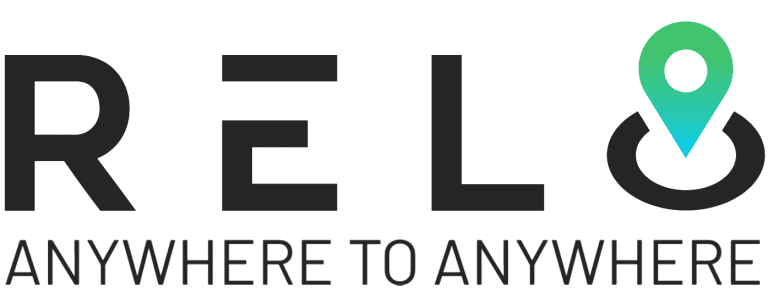Remote onboarding has become an essential, integral part of integrating new team members into organizations. Whether due to the global pandemic or the rise of remote work trends, companies have had to adapt and find effective ways to welcome and integrate new employees who may never set foot in the office.
When done right, onboarding can set the stage for a successful and productive relationship between the organization and its new hires. We will delve into proven strategies to ensure a smooth and engaging onboarding process for your new team members, empowering them to thrive in their roles from day one.

1. Start Before Day One
Effective remote onboarding begins even before the new employee’s first day. This pre-onboarding phase involves proactively sending essential documents, equipment, and information to the new hire well in advance. Ensure that they have all the tools and resources they need to hit the ground running, including their laptop, software access, and any required reading materials.
Schedule an introductory video call before the official start date; it can help alleviate initial anxiety, foster camaraderie, and encourage questions. A Harvard Business Review study found that positive onboarding makes remote employees 2.5 times more likely to stay for over a year, emphasizing its importance in ensuring a smoother transition into the team and long-term employee retention.
2. Create a Structured Onboarding Plan
A well-structured onboarding plan is the backbone of a successful remote onboarding process. It should outline the employee’s first weeks and months, including training, meetings, and milestones. Ensure that the plan is detailed, flexible, and adaptable to the individual needs of each new team member. Research by Glassdoor shows that 70% of positively onboarded hires stay over three years, emphasizing onboarding’s importance.
Include a clear agenda for the first day and week so the new hire knows what to expect. It should cover introductions, training sessions, and meetings with key team members. Consider a “buddy system” where experienced team members mentor and guide new employees through the initial stages. This mentorship can greatly enhance the newcomer’s integration and understanding of the organization’s culture.
3. Foster a Culture of Communication
Effective communication is the cornerstone of remote onboarding. Encourage open lines of communication from the start, facilitating seamless interaction between team members. Make use of messaging apps, video conferencing tools, and project management software to keep the new employee connected with the team and ensure a smooth flow of information.
Assign a mentor or buddy to the new team member who can help them navigate the organization’s culture, answer questions, and provide guidance. Regular check-ins with the manager can also ensure that the new hire feels supported and valued, promoting a strong sense of belonging. Encourage new employees to reach out with questions and concerns proactively.
4. Engage in Virtual Training
Remote onboarding often involves virtual training sessions, leveraging platforms like Zoom and Microsoft Teams. To make these sessions engaging, consider using interactive tools and technologies such as video conferencing features and collaboration software. Interactive training modules, quizzes, and hands-on activities can help new employees learn more effectively in a remote environment.
Record training sessions for future reference on platforms like Google Drive or Dropbox so that new hires can revisit them as needed. Encourage questions and discussion during these sessions, using chat functions on platforms like Slack to promote engagement and knowledge retention. Provide diverse resources like webinars, e-courses, and shared materials to accommodate various learning styles.
5. Provide Clear Documentation and Resources
In a remote work environment, clear documentation and readily available resources are essential. Create a centralized hub or intranet where new employees can access important documents, policies, and procedures. It should include an employee handbook, FAQs, and troubleshooting guides to facilitate their understanding of company processes and expectations.
Ensure that the new hires have access to the tools and software they need, along with instructions and tutorials on how to use them. This self-service approach empowers new team members to find information independently. Regularly update these resources to reflect changes in processes or policies, keeping them current and aligned with evolving organizational needs.
Recommended read: 12 Best Essential Remote Work Gadgets and Accessories
6. Encourage Social Interaction
Building relationships and camaraderie within a remote team can be challenging but is crucial for a sense of belonging. Encourage social interaction among team members by scheduling virtual coffee breaks, team-building activities, or informal video chats. These virtual bonding experiences not only promote teamwork but also contribute to a positive work culture.
Consider using remote work communication platforms that allow for both work-related discussions and social interactions. It can help replicate the water cooler conversations that naturally occur in an office setting. Celebrate birthdays, work anniversaries, and achievements virtually to foster a sense of community. These gatherings foster connection among remote team members.
7. Gather Feedback and Adapt
Continuous improvement is key to successful remote onboarding. Regularly collect feedback from new team members about their onboarding experience, gaining insights into their perspectives. Use surveys or one-on-one discussions to understand what worked well and what could be improved. Based on this feedback, adapt and refine your onboarding process to address specific needs.
This iterative approach ensures that your onboarding program evolves to meet the changing needs of your organization and new employees, fostering a culture of continual enhancement. Be responsive to feedback and show a commitment to making the onboarding experience even better for future hires, demonstrating your dedication to employee development and satisfaction.
8. Implement a Mentorship Program
Consider establishing a formal mentorship program as part of your remote onboarding process. Pair new hires with experienced team members who can provide guidance, share insights, and offer a support network. This mentorship can greatly enhance the newcomer’s integration and understanding of the organization’s culture, leading to quicker assimilation into the team.
Mentorship programs can foster professional development by providing new team members with valuable career advice and growth opportunities within the organization. It’s a two-way street where both mentors and mentees can learn from each other, contributing to a culture of continuous learning and improvement. These programs boost team collaboration and job satisfaction.
9. Emphasize Cybersecurity Awareness
As part of the onboarding process, educate new employees about the importance of cybersecurity and provide training on best practices for maintaining data security. This training also extends to password management and the use of multi-factor authentication to safeguard access to company systems. Promote VPNs like NordVPN usage for secure data transmission and guide effective setup for enhanced remote work safety.
Instill a culture of vigilance among employees to promptly report any suspicious activities or security breaches. It includes safe handling of sensitive information, recognizing phishing attempts, and using secure communication tools to protect both the organization and the individual. Stress the significance of regular software updates and patches to keep devices secure from vulnerabilities.
10. Set Clear Expectations and Goals
During the onboarding process, it’s essential to establish clear and specific expectations and goals for new team members. Outline their responsibilities, deliverables, and performance expectations in a way that aligns with the organization’s mission and values. This clarity not only helps employees understand their roles but also enhances their motivation and commitment to achieving their objectives.
Setting these expectations helps employees understand their roles and contributes to a sense of purpose and direction. Regularly revisit and adjust these goals to align with evolving remote job responsibilities and career growth opportunities. This ongoing dialogue between managers and employees fosters a culture of continuous improvement and ensures that individuals remain engaged.
Remote Work & Relocation with Relo.AI: Your Onboarding Solution
Relo.AI provides an all-encompassing platform tailored to remote workers, making it effortless to discover the perfect relocation services. We guide you through each stage of your journey to your chosen work destination.
Our services are meticulously personalized to meet your unique needs, ensuring a stress-free booking process and relocation experience for remote professionals like yourself. ??
Book a consultation today to explore how we can streamline your remote onboarding process by helping you find the perfect accommodations and facilitate a seamless relocation for your work-from-anywhere adventure.
Fill out the form to commence your remote onboarding and embark on your relocation journey today.
Final Thoughts
Remote onboarding is a vital critical process for integrating new team members into organizations, especially in today’s remote work landscape. By implementing these comprehensive strategies, you can create a welcoming and effective onboarding experience that sets the stage for a successful and collaborative working relationship.
Remember that onboarding is not a one-size-fits-all process, so be flexible and adapt your approach to meet the unique needs of each new team member. With effective strategies, you can ensure a smooth and positive onboarding experience, making new hires feel valued and well-prepared for success in their remote roles.









